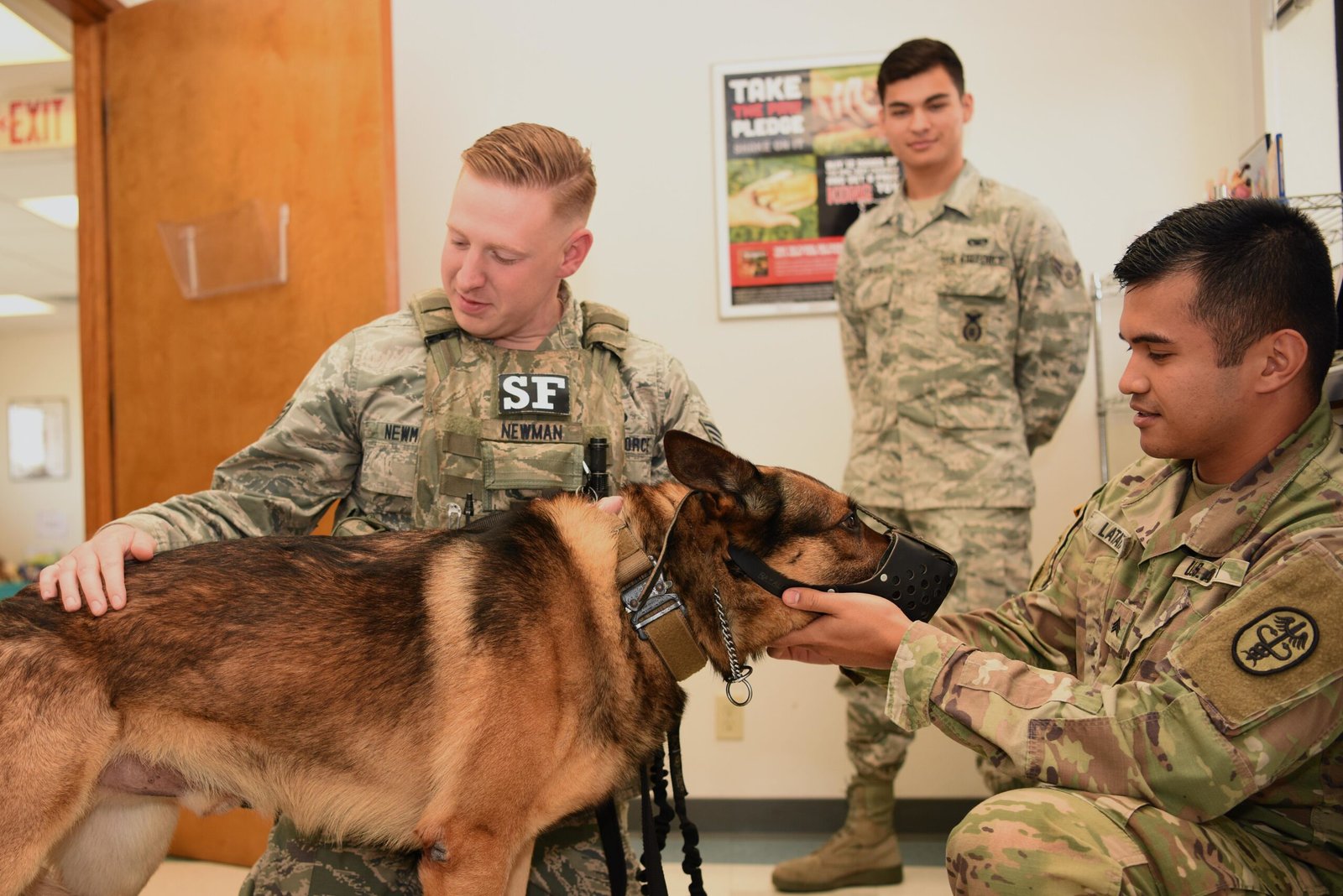Have you ever locked eyes with a towering Great Dane or a majestic Saint Bernard and thought, “Wow, I need a dog like that!”? Their size, their presence, their sheer coolness can be impossible to ignore. But before you find yourself swept away by dreams of epic walks and Instagram-worthy cuddles, take a moment to consider the real-life challenges of living with a giant canine companion. Owning a large dog is not just about looking awesome at the park — it’s a life-changing responsibility that can surprise, delight, or even overwhelm you. Here are ten compelling reasons why getting a big dog just for their cool factor may not be the best idea.
They Need Tons of Space — And Not Just Outside
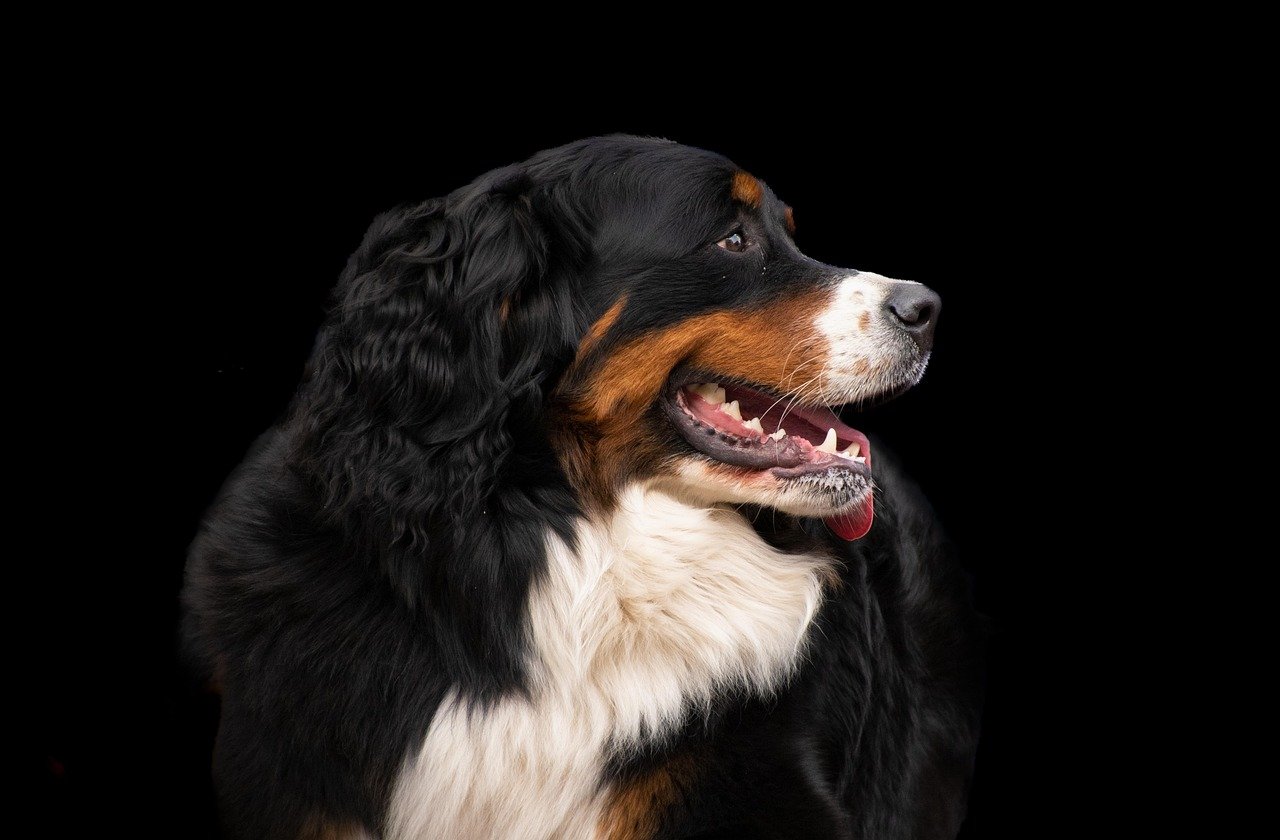
Big dogs come with big needs, and one of the first things you’ll notice is how much room they require. While it’s easy to imagine them running happily in a backyard, the reality is that large breeds also need plenty of indoor space. Their long legs and broad bodies can easily knock over furniture, and a cramped apartment can quickly feel even smaller with a giant dog sprawled across the floor.
Living with a Great Pyrenees or a Newfoundland in a small city apartment can lead to frustration for both you and your dog. Picture trying to navigate around a 100-pound pup who likes to stretch out in the hallway — it’s not easy! If you don’t have a spacious home, your cool-looking companion might end up feeling confined and unhappy, which can result in unwanted behaviors.
Exercise Requirements Can Be Overwhelming
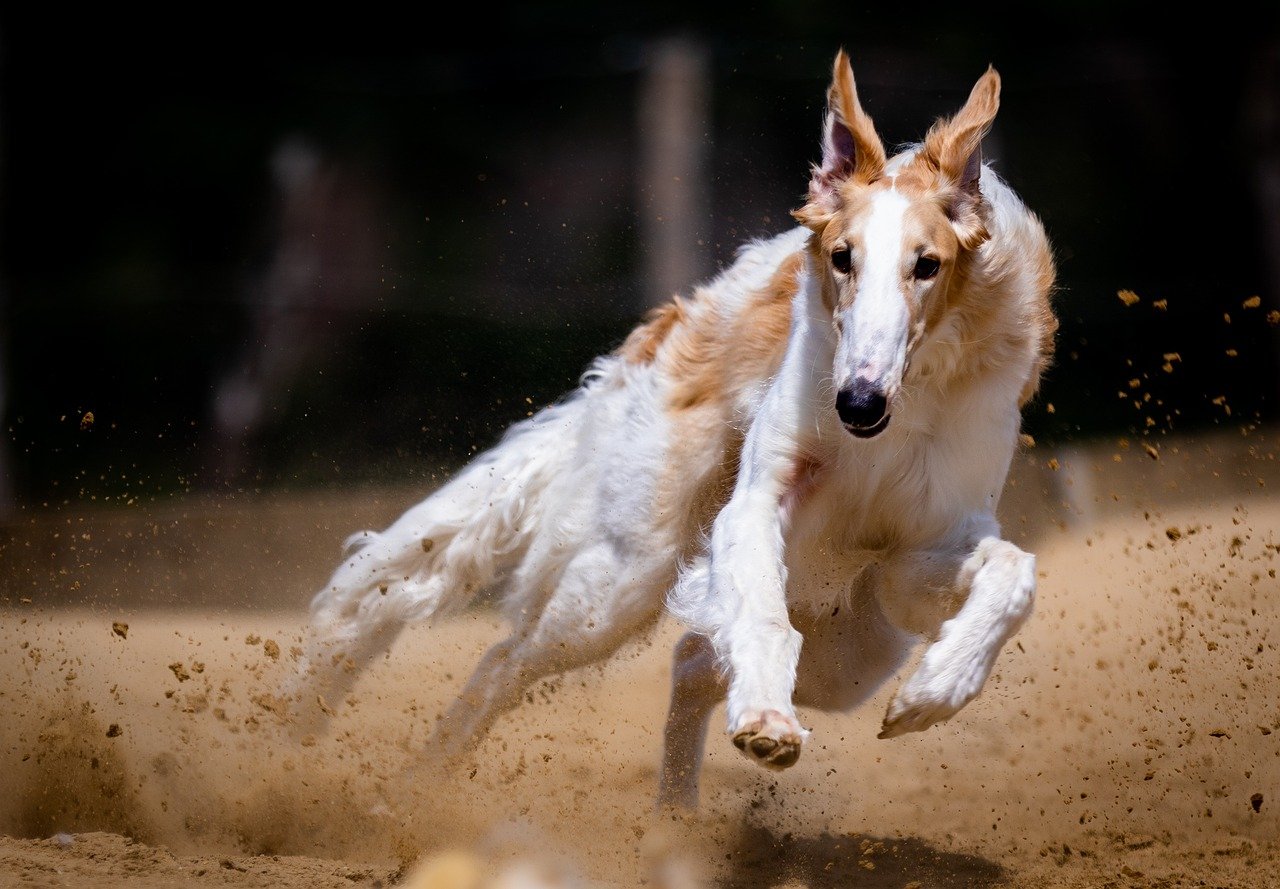
Those massive paws and bursting energy levels mean large dogs often need far more exercise than smaller breeds. A quick walk around the block is rarely enough. Many big breeds were developed as working or sporting dogs, which means they crave long walks, runs, or even challenging play sessions every single day.
If your schedule is packed or you’re not a fan of outdoor activities, a large dog’s energy can quickly become a problem. Without adequate exercise, these dogs may develop destructive habits like chewing, digging, or constant barking. The truth is, keeping a large dog happy and healthy is almost like having a personal trainer who never takes a day off.
Huge Appetites Mean Bigger Food Bills
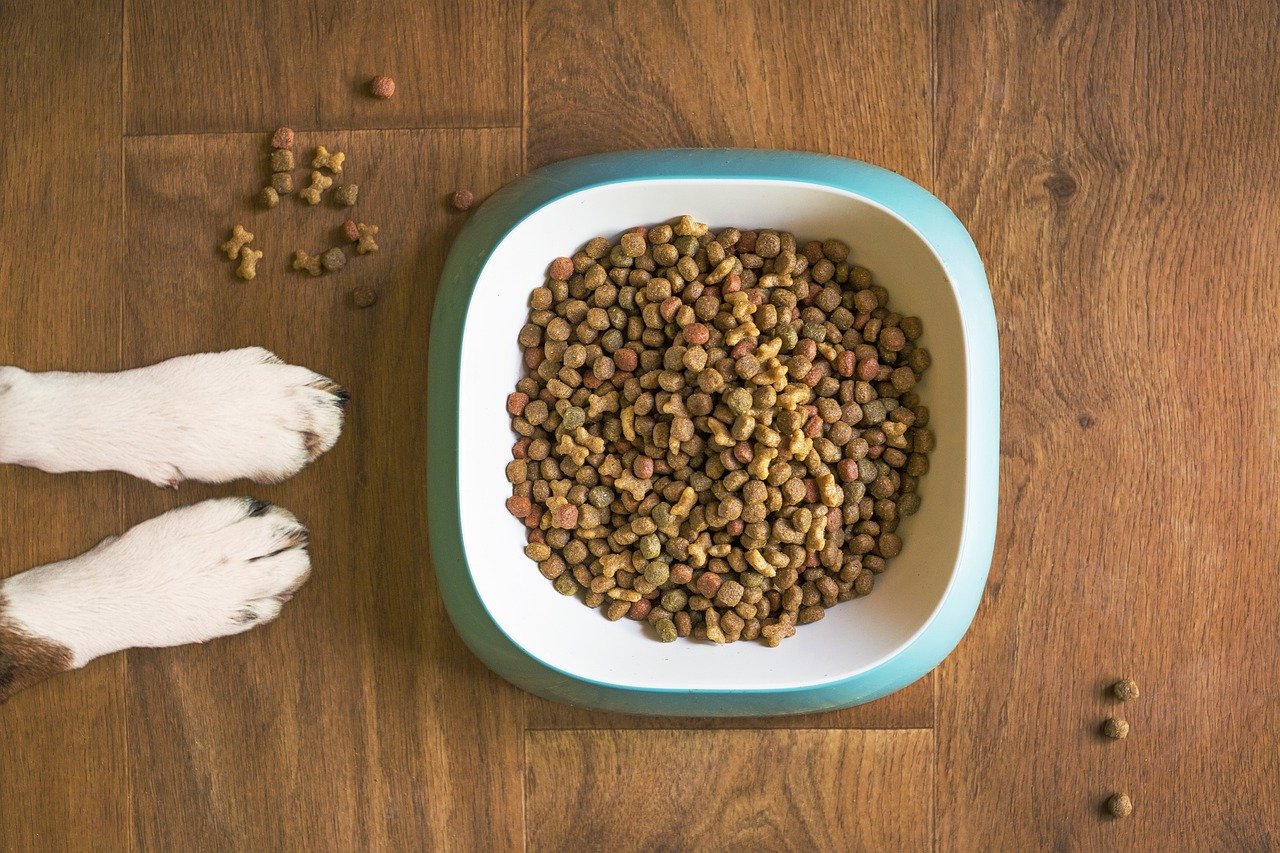
It might sound obvious, but many new owners are shocked by just how much a big dog can eat. Feeding a large breed is a serious commitment for your wallet. While a small dog might nibble through a bag of kibble in a month, a giant breed could polish it off in a week or less.
Special diets, high-quality food, and larger portions all add up. If you’re not prepared for the ongoing expense, those cool looks might quickly lose their shine. Skimping on nutrition to save money isn’t fair to your dog, either — large breeds are prone to specific health issues that require precise diets and plenty of protein.
Veterinary Care Is More Complicated — And Costly
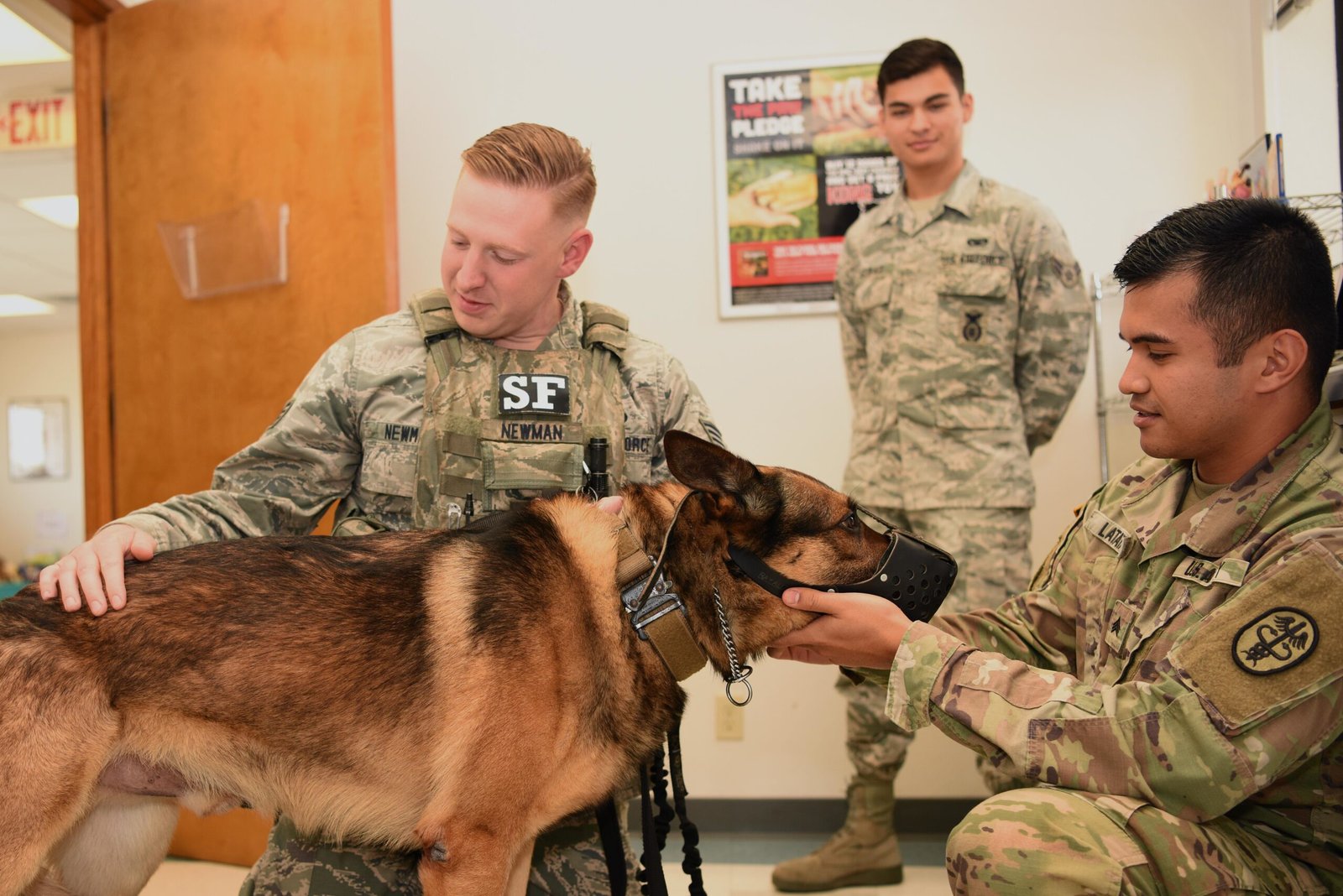
Trips to the vet are a reality for every pet parent, but for owners of large dogs, routine care can be much pricier. Everything from vaccinations to surgeries costs more because of the increased dosage and larger equipment required. Even medications are often calculated by weight, so double or triple the size means double or triple the price.
Additionally, large breeds can be more prone to certain health problems such as hip dysplasia, bloat, or heart issues. Treatments for these conditions can be complex and expensive. If you’re drawn to a dog’s appearance but not ready for the potential medical bills, it’s worth thinking twice.
Training Is Essential — And More Challenging
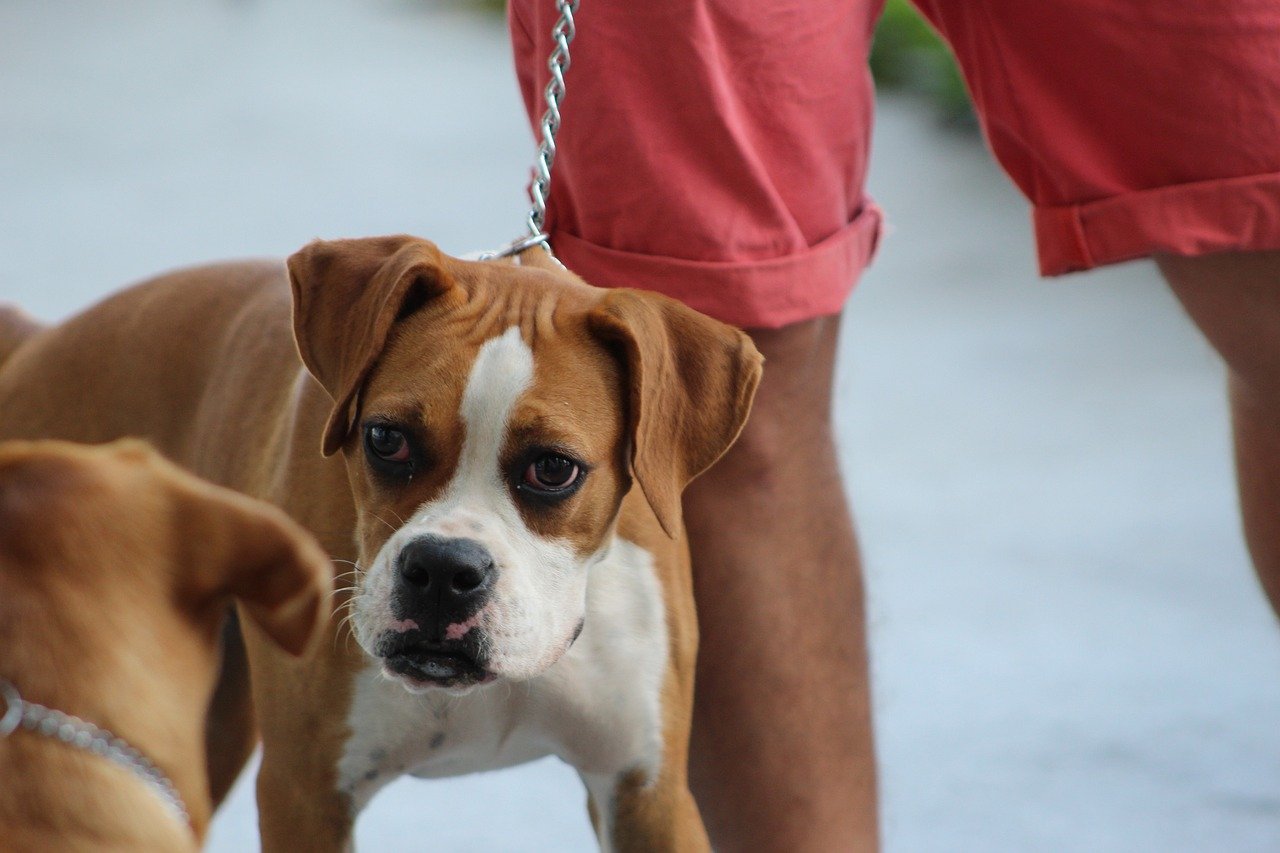
Every dog needs training, but when you have a 120-pound pup, good manners are not optional. A large dog that jumps, pulls on the leash, or ignores commands can be downright dangerous. Imagine a dog bigger than a teenager dragging you down the street or leaping onto guests in excitement.
Training a large breed requires patience, consistency, and often professional help. Some breeds are naturally stubborn or independent, making the process even more demanding. If you’re not ready to commit to serious training, those “cool” looks might end up causing you more stress than smiles.
Travel and Transportation Can Be a Headache
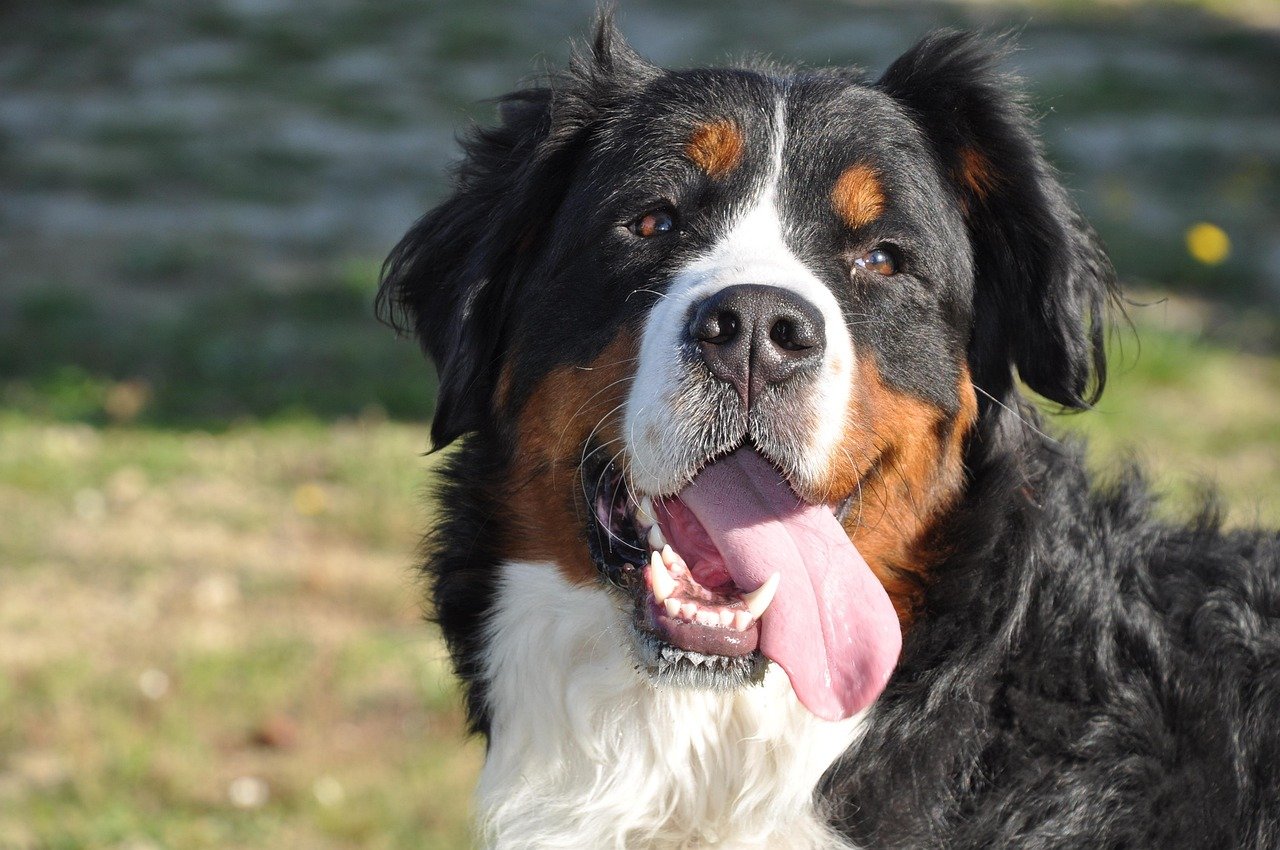
Taking a big dog on the road — whether it’s to the park, the vet, or on vacation — is a major logistical challenge. Most cars aren’t designed for passengers with paws the size of dinner plates, and finding pet-friendly accommodations for a giant breed can be much harder than for a small dog.
Even simple trips can become complicated. Hoisting a heavy dog into the car, securing them safely, or navigating public transportation can be physically demanding. If you love to travel or need to move frequently, think carefully about the reality of transporting a large dog.
Destruction Happens on a Larger Scale
Let’s be honest: all dogs can be a little mischievous, but when a large dog chews, digs, or gets the zoomies, the results are far more dramatic. A single swipe of the tail can send drinks flying, and a bored big dog can decimate a sofa in record time.
Puppies of large breeds often go through rambunctious phases where they test boundaries (and chew on everything). The difference is, their teeth and strength mean the damage is much more expensive and time-consuming to fix. If you’re not ready to dog-proof your home, you might be in for some shocking surprises.
Grooming and Cleaning Are No Small Tasks
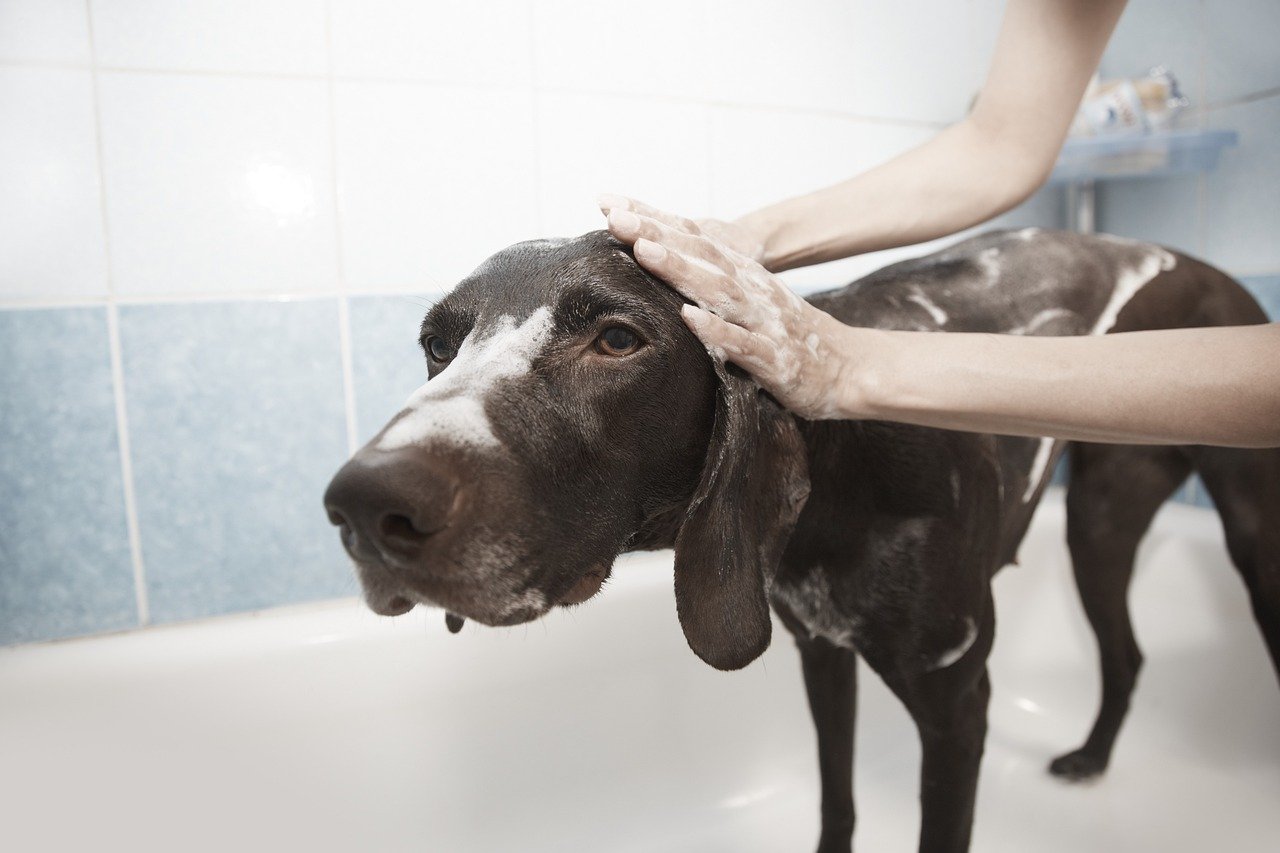
Big dogs often come with big coats — and even bigger messes. Bathing a large breed can feel like washing a car, and drying them off is a workout in itself. Shedding can be intense, with fur clumps collecting in every corner of your home.
Drool, muddy paw prints, and shedding become part of daily life. Imagine trying to keep your home clean with a giant dog running in from the rain or shaking off after a bath. If you value a spotless house, think carefully about whether you’re up for the challenge of cleaning up after a big, lovable mess.
Not Everyone Will Love Your Big Dog
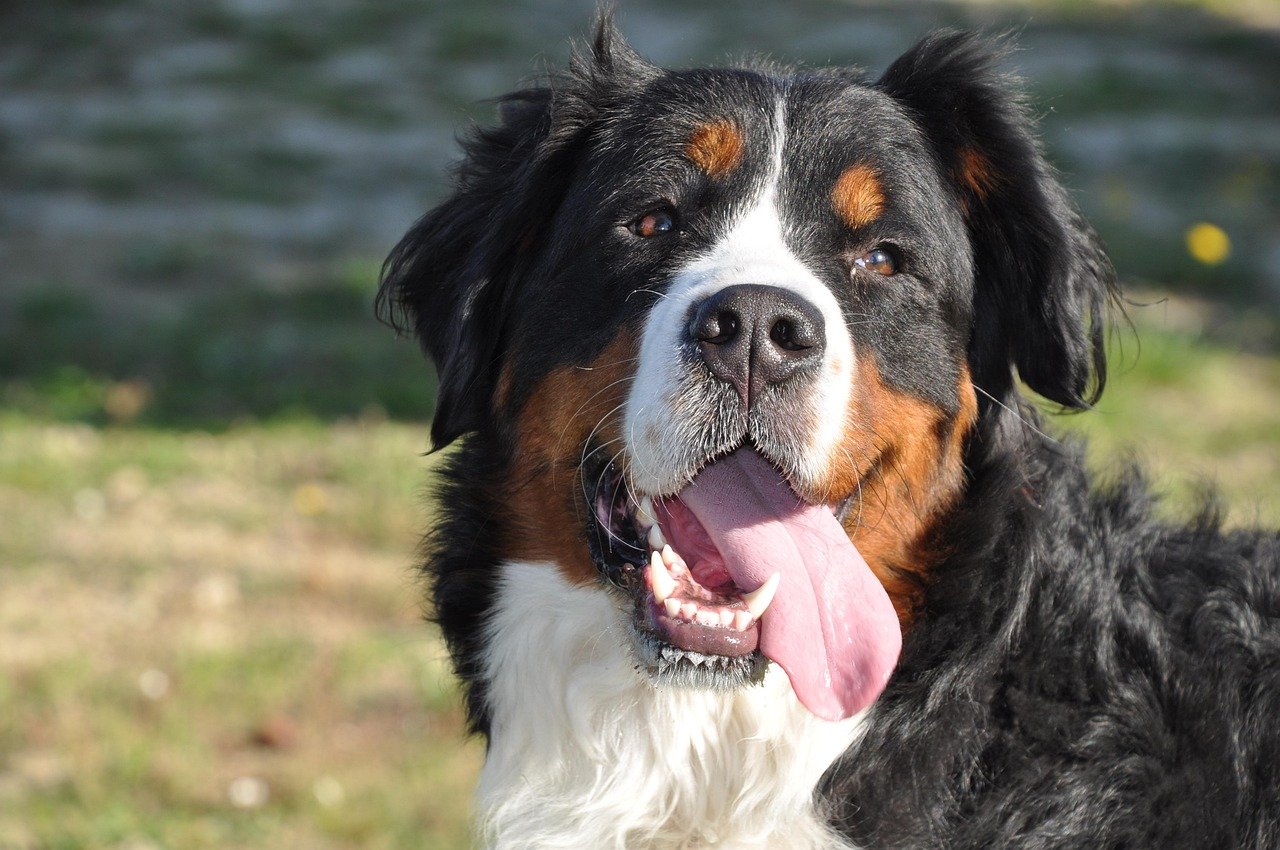
While you might be head-over-heels for your gentle giant, not everyone you meet will feel the same. Some people are afraid of large dogs, and others may simply not be comfortable around them. This can make hosting gatherings or meeting new friends more complicated than you expect.
Landlords, neighbors, and even family members may have concerns about big dogs in shared spaces. Restrictions on breed or size are common in many apartments and housing complexes. If your heart is set on a large breed, be prepared for a few awkward conversations and maybe even some doors closed to you and your pet.
Life Expectancy and Health Concerns
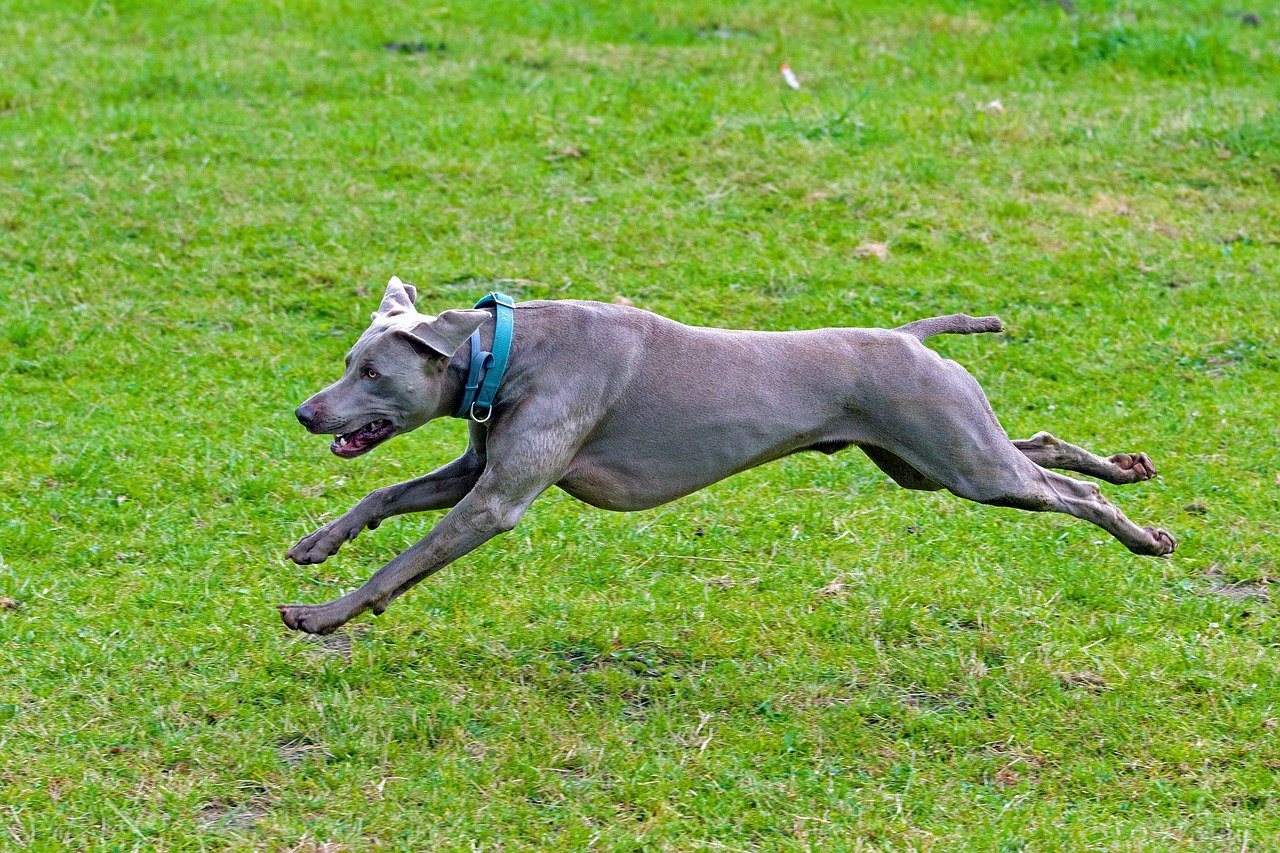
One of the most heartbreaking parts of owning a large dog is that, on average, they live shorter lives than their smaller counterparts. Many giant breeds have a life expectancy of only 7 to 10 years, compared to 12 to 15 years for smaller dogs. This can mean less time to make memories with your beloved companion.
Large breeds also face unique health challenges, including joint issues, heart conditions, and certain cancers. The emotional and financial toll of caring for a sick dog can be immense. If you’re choosing a dog mainly for how they look, it’s essential to consider whether you’re ready for the possibility of a shorter, sometimes more complicated journey together.

Linnea is a born and bred Swede but spends as much time as possible in Cape Town, South Africa. This is mainly due to Cape Town’s extraordinary scenery, wildlife, and atmosphere (in other words, because Cape Town is heaven on earth.) That being said, Sweden’s majestic forests forever hold a special place in her heart. Linnea spends as much time as she can close to the ocean collecting sea shells or in the park admiring puppies.

